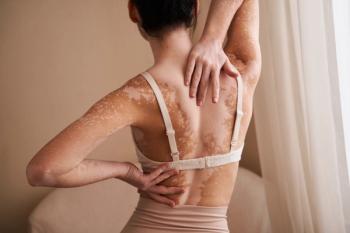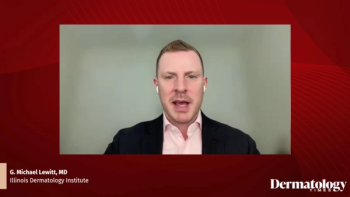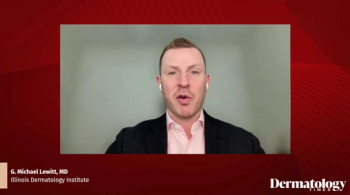
Narrowband Ultraviolet B Phototherapy in Pediatric Vitiligo: A Retrospective Study
At the SPD 2022 47th Annual Meeting, researchers delve into the safety and practicality of using narrow-band UVB phototherapy on children with vitiligo.
For some time now, narrow-band UVB phototherapy (nbUVB) has been a standard of treatment for managing vitiligo, with small studies showing that children who use nbUVB can often achieve pigmentation similar to adults. However, there are still concerns of safety and practicality when it comes to this population. Adding to this is the fact that many health insurance companies do not provide coverage for this treatment, since vitiligo is considered cosmetic, and not an FDA-approved indication.
Researchers sought to look at prevalence, efficacy, and safety of nbUVB in pediatric patients. The investigators ran a retrospective review of patients with vitiligo aged under 18, who had been seen by a dermatologist from January 1, 2009 to December 31, 2020. A total of 324 patients were followed for median 20 months. Of the 324, 122 patients (37.8%) had segmental vitiligo, and 86 patients (26.5%) had signs of active disease, which included koebnerization, confetti, trichrome, and inflammatory lesions.
A total of 126 patients had a treatment regimen that included nbUVB. Other treatments that were documented included topical calcineurin inhibitor, topical corticosteroid, oral steroid, outdoor sun exposure, topical JAK inhibitor, oral JAK inhibitor, melanocyte-keratinocyte transplant procedure, and excimer laser. The youngest child treated with nbUVB was aged 3 years. Additionally, 46% of patients utilized a home nbUVB.
The odds of a patient improving or having disease resolution vs stabled, progressed, or unknown was 6.3 times higher in those who received phototherapy vs those who did not. Nearly 30% of patients experienced sunburn (reasons for sunburn included not adjusting for extended periods without treatment, significant outdoor sun exposure between sessions, inadequate shielding of normal skin, minocycline use, and concomitant use of excimer laser.
Study limitations included incomplete documentation and the relatively short duration of follow up allowed in this population. Investigators concluded that established consensus guidelines are in line with the management of vitiligo. This is the largest study (to the investigators’ knowledge) that supports the use of nbUVB as a safe an effective treatment for children and adolescents with vitiligo.
Reference
Garza-Mayers AC, Paquette GM, Harris JE, Wiss K. Narrowband ultraviolet B phototherapy in pediatric vitiligo; a retrospective study. SPD 2022 47th Annual Meeting. Poster presentation. July 8th, 2022. Indianapolis, Indiana.
Newsletter
Like what you’re reading? Subscribe to Dermatology Times for weekly updates on therapies, innovations, and real-world practice tips.

















